Gran Canaria last-minute trip
26 posts
• Page 3 of 3 • 1, 2, 3
Re: Gran Canaria last-minute trip
They cannot really regenerate, only a bit. But maybe something went wrong after "accident", so fat storage is/was possible only in the front part of the tail.
-

Mario Schweiger - Site Admin
- Posts: 2235
- Joined: Wed May 06, 2009 7:57 pm
- Location: Obertrum, Salzburg, Austria
- Hometown: Obertrum
- country: Austria
Re: Gran Canaria last-minute trip
Tails of all skinks from NE surroundings of Arinaga were relatively longer and were't blue in contrast with those skinks from north area of Maspalomas. However their head underside was slightly orange, same as among specimens from Maspalomas surroundings.
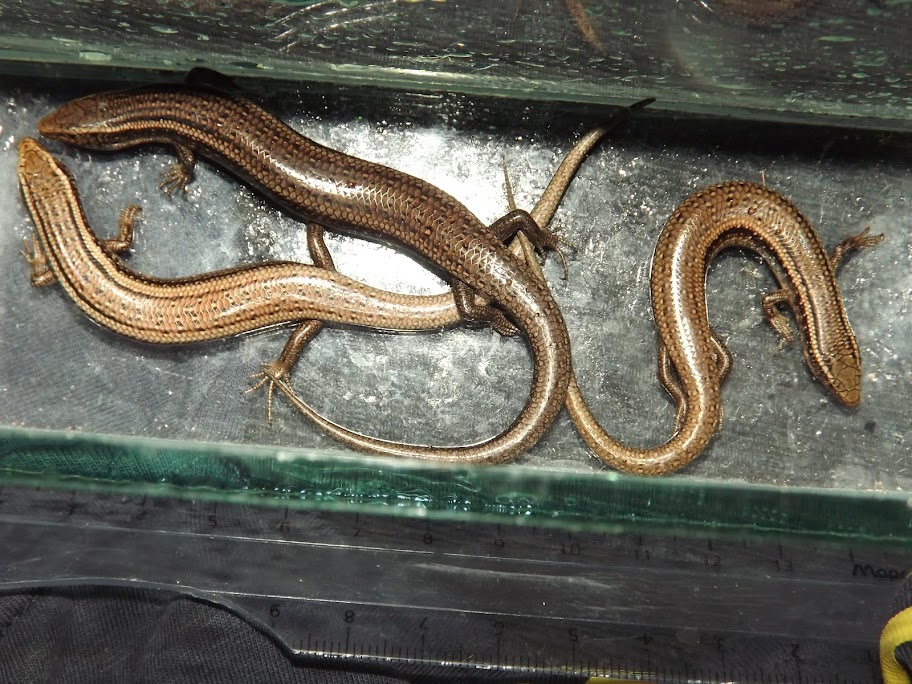
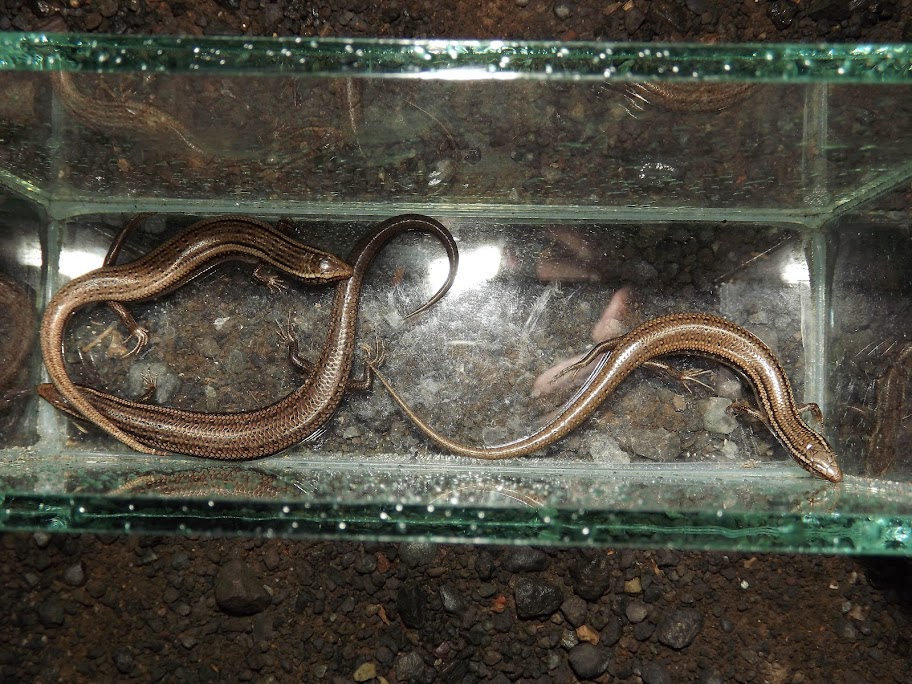
Both habitats were similar, dry and stony. Do presentance/lack of blue tail indicates subspecies membership in this case?
BTW- look at this one http://bestiarium.kryptozoologie.net/wp ... neatus.JPG its tail is really long!
Both habitats were similar, dry and stony. Do presentance/lack of blue tail indicates subspecies membership in this case?
BTW- look at this one http://bestiarium.kryptozoologie.net/wp ... neatus.JPG its tail is really long!
-

Michal Szkudlarek - Posts: 1119
- Joined: Sat Oct 22, 2011 12:09 pm
- Location: Poland
- Hometown: ...
- country: Poland
Re: Gran Canaria last-minute trip
Part of Gallotia stehlini's skeleton that I found near San Agustín.
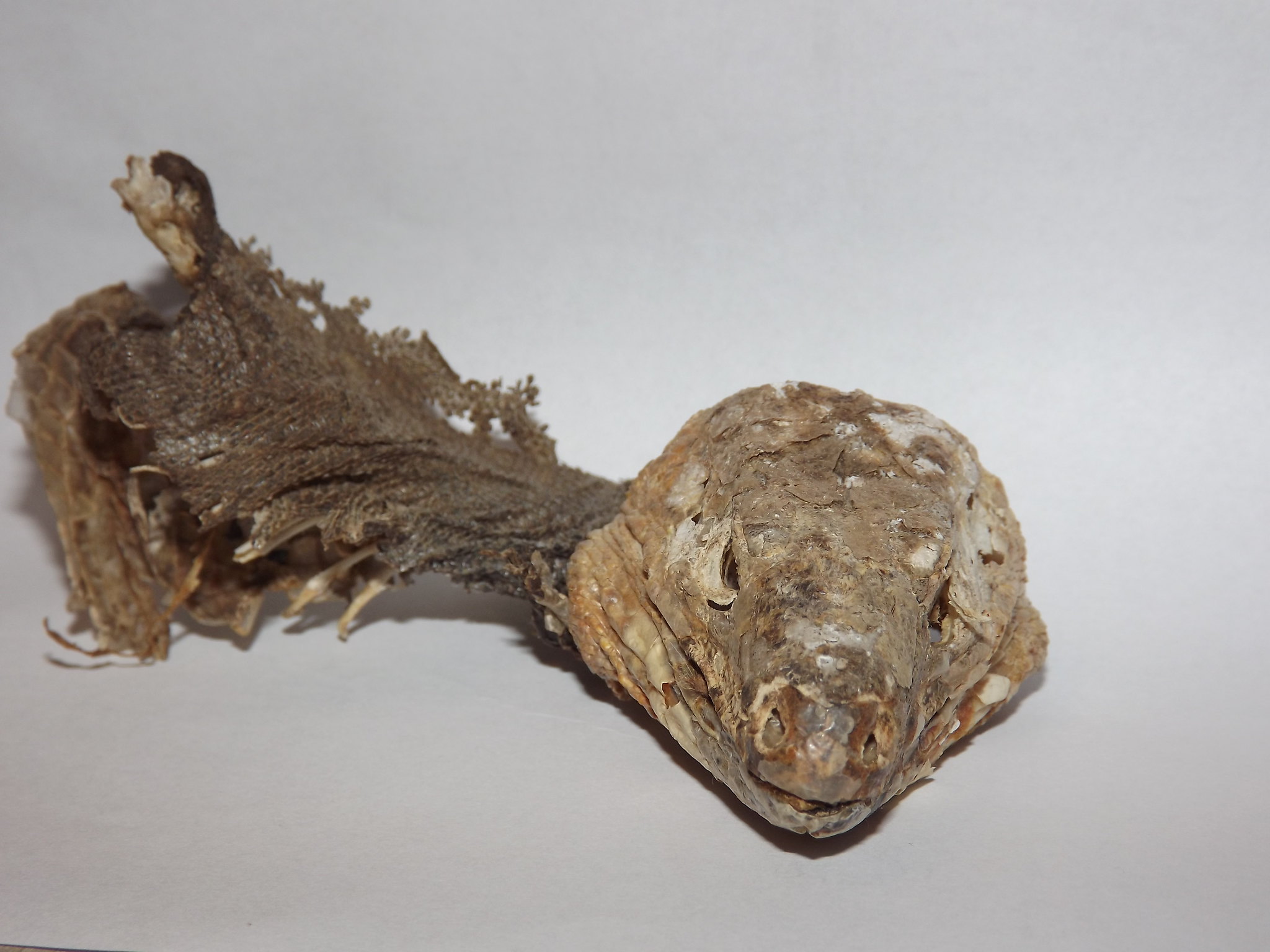

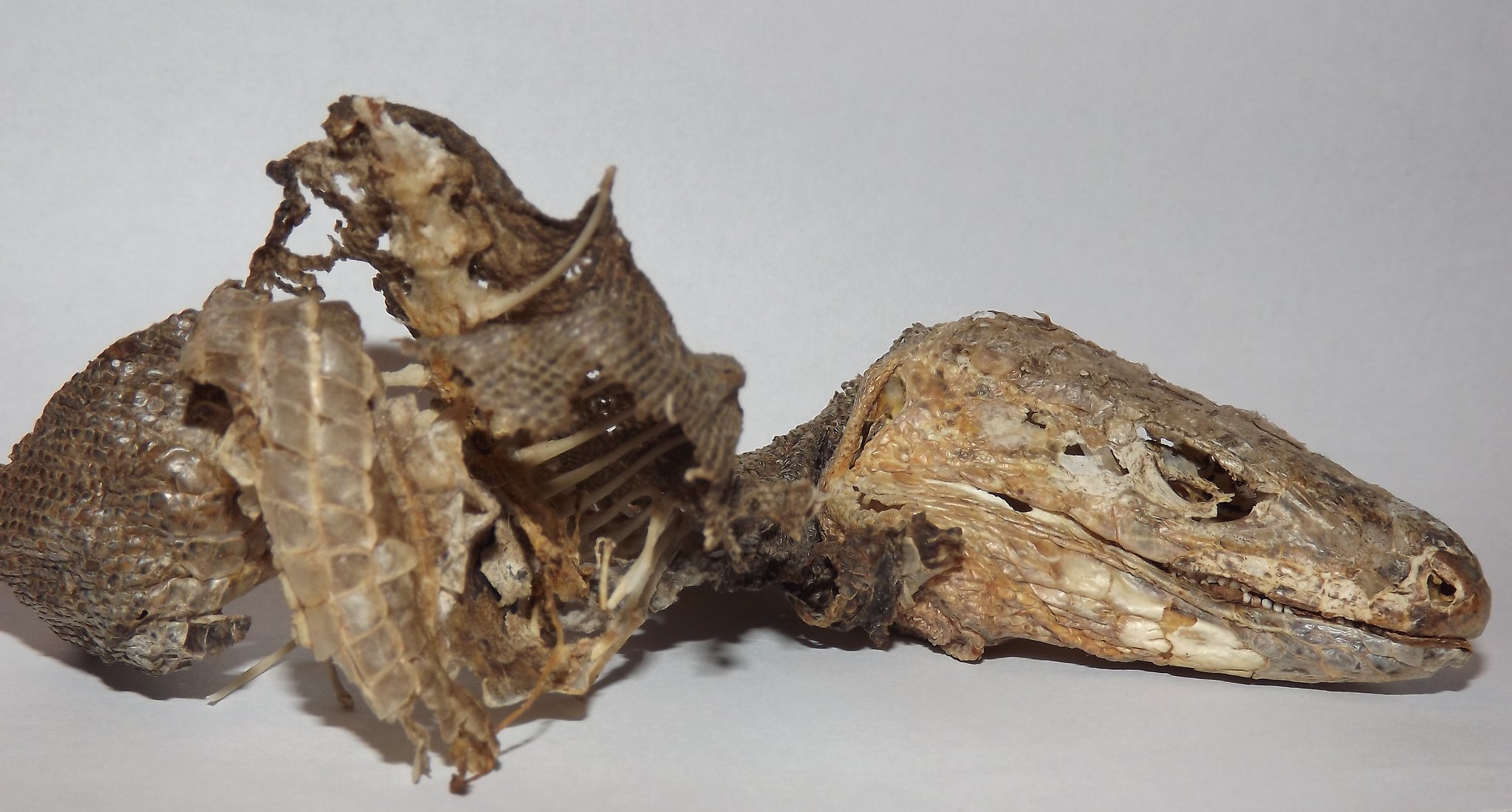
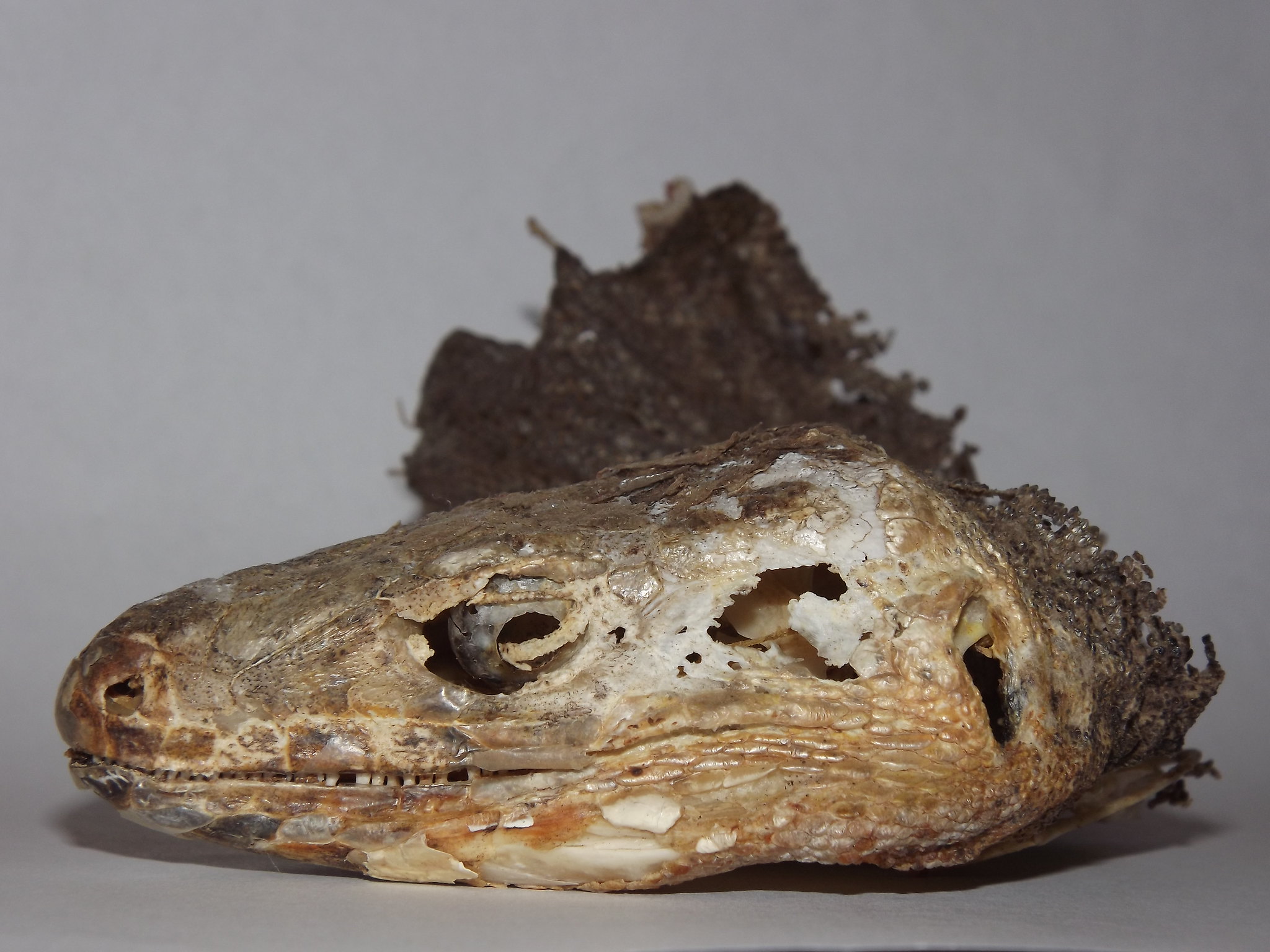
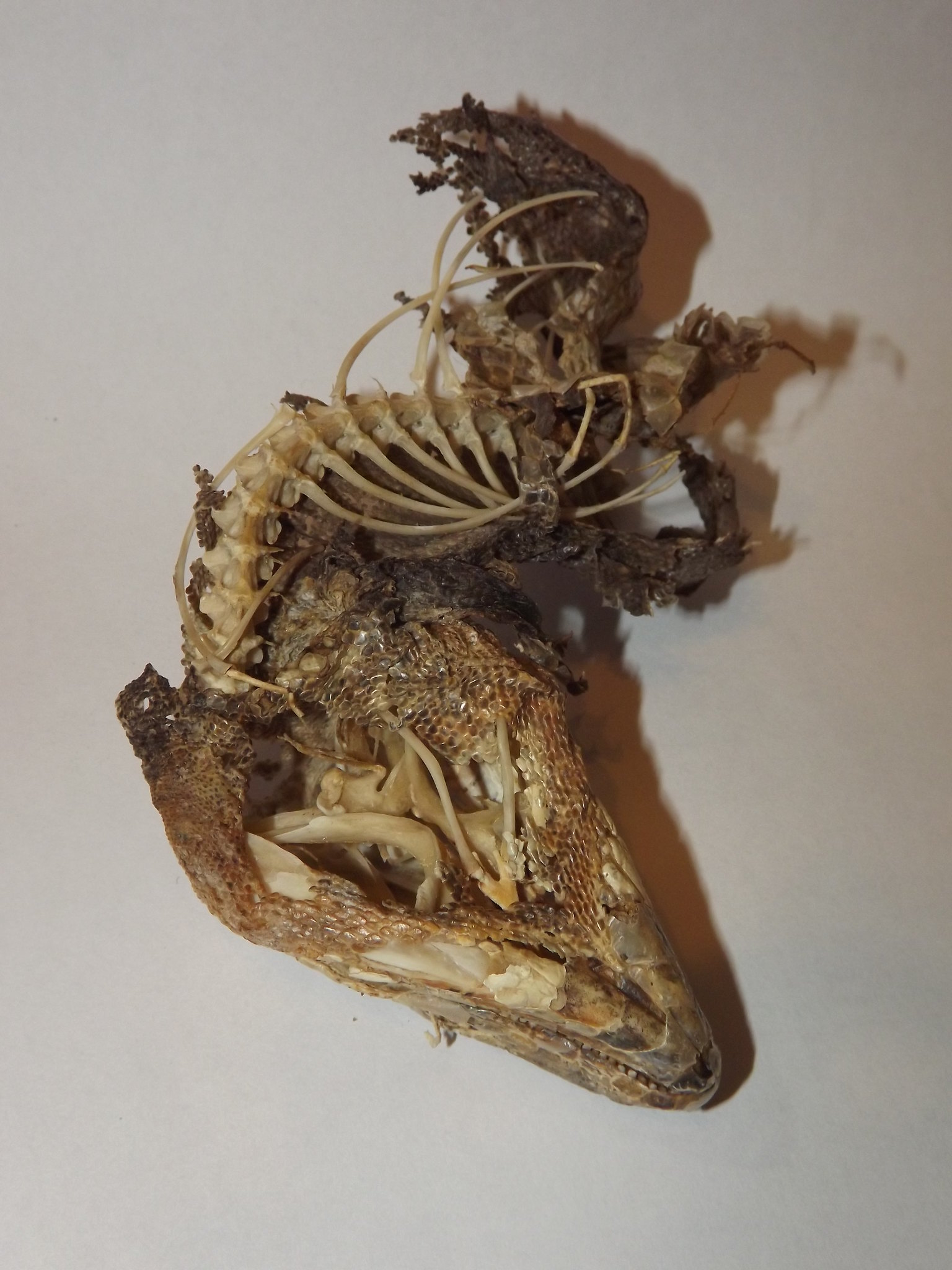





-

Michal Szkudlarek - Posts: 1119
- Joined: Sat Oct 22, 2011 12:09 pm
- Location: Poland
- Hometown: ...
- country: Poland
- Jeroen Speybroeck
- Site Admin
- Posts: 3161
- Joined: Wed Nov 18, 2009 10:18 am
- Hometown: Merelbeke
- country: Belgium
Re: Gran Canaria last-minute trip
See also this paper:
Miguel Ángel Cabrera-Pérez, Ramón Gallo-Barneto, Isahac Esteve, Clara Patiño-Martínez, Luis Felipe López-Jurado (2012): The management and control of the California kingsnake in Gran Canaria (Canary Islands): Project LIFE+ Lampropeltis.- Aliens, the invasive species bulletin 32.
The full paper here
Mario
Miguel Ángel Cabrera-Pérez, Ramón Gallo-Barneto, Isahac Esteve, Clara Patiño-Martínez, Luis Felipe López-Jurado (2012): The management and control of the California kingsnake in Gran Canaria (Canary Islands): Project LIFE+ Lampropeltis.- Aliens, the invasive species bulletin 32.
- Code: Select all
The California kingsnake was introduced to Gran Canaria by the accidental or deliberate release of individuals bred in captivity. In 2007, its naturalization was confirmed in the east of the island. California kingsnake has become an important environmental problem due to the enormous social alarm and the damage caused to many endemic reptile species. Until 2011, this snake has settled in two areas in the Northwest and East of Gran Canaria (55 km2) and some sightings and captures have been reported out of these areas. From 2007 to 2011, 1064 snakes were caught in Gran Canaria, mainly by visual searching and hand capture. The traps tested have failed and only artificial covers (e.g. wooden board used as artificial shelter) have had some success in catching snakes. The data obtained shows that the California kingsnake has a high ability to adapt and its spread to all of the island is more than likely. This snake will quite possibly impact the local reptilian population to the point where we see their total disappearance, especially in the areas with a higher density of snakes. The Life+ Lampropeltis and the new regulation of exotic invasive species could be the main devices to reduce the California kingsnake population and its gradual eradication in Gran Canaria.
The full paper here
Mario
-

Mario Schweiger - Site Admin
- Posts: 2235
- Joined: Wed May 06, 2009 7:57 pm
- Location: Obertrum, Salzburg, Austria
- Hometown: Obertrum
- country: Austria
- Jeroen Speybroeck
- Site Admin
- Posts: 3161
- Joined: Wed Nov 18, 2009 10:18 am
- Hometown: Merelbeke
- country: Belgium
26 posts
• Page 3 of 3 • 1, 2, 3
Who is online
Users browsing this forum: No registered users and 1 guest